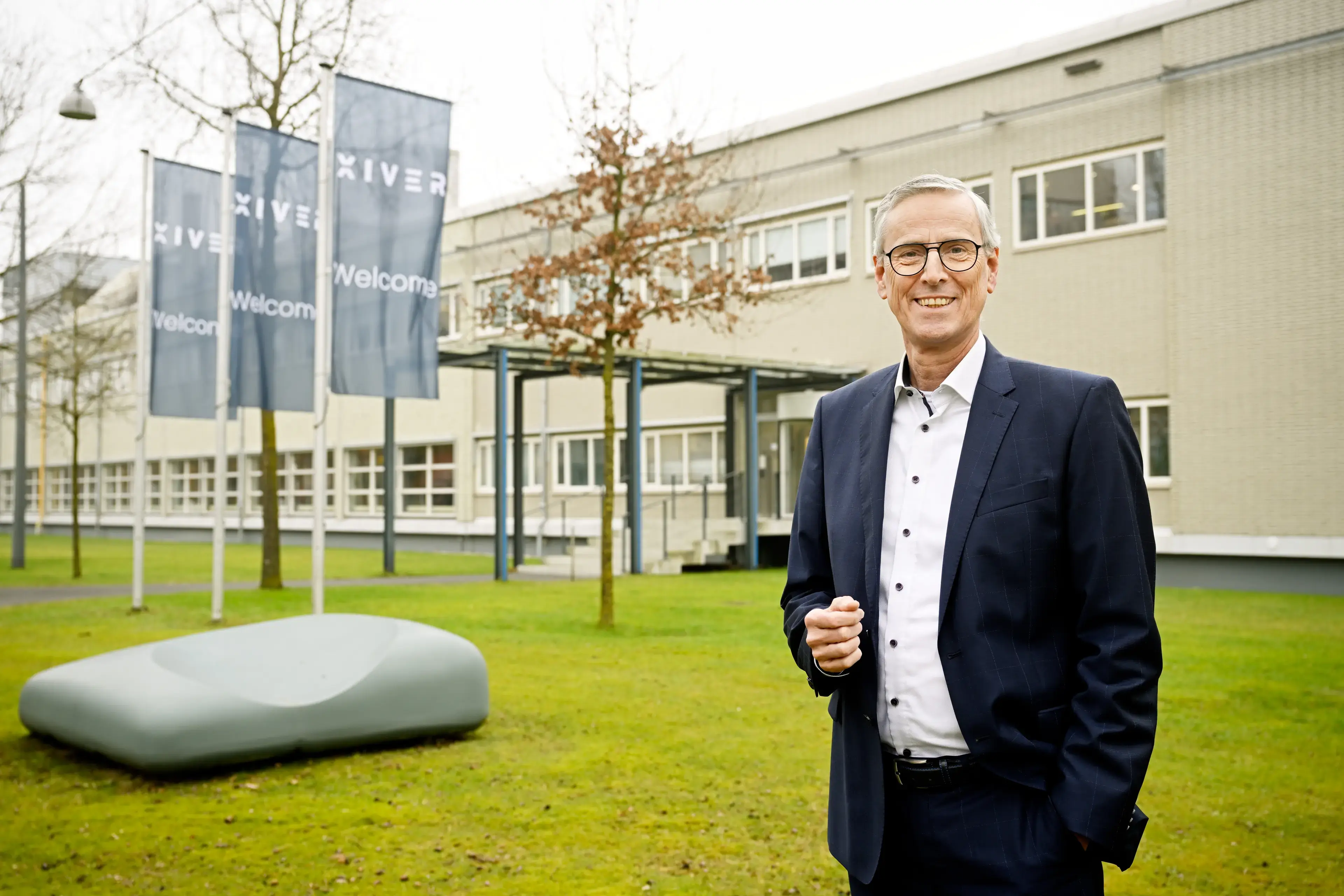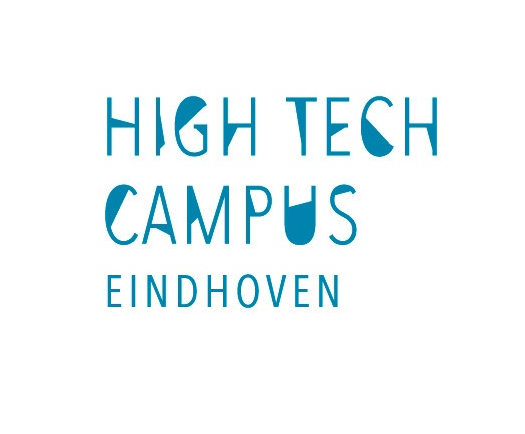


(Editors' note: This article was published on IO+ on March 19, 2025. It is translated to English and posted here with the permission of IO+. See original post here.)
Now that XIVER has been separated from Philips, there are additional opportunities to explore the external market: healthtech, automotive and the high-tech industry have the primary focus.

After his last assignment at VDL NedCar, John van Soerland (63) was actually already retired. Still, he couldn't resist the invitation to guide XIVER through the transition from Philips to an independent company. And so, he not only supervised the transition, but has also been at the table as the very first CEO of the new company since January 2nd.
After a solid career at Philips, NXP and VDL, his move to XIVER marks a new chapter in his career, which has already ended. Van Soerland calls it a conscious choice to take advantage of the opportunities in the semiconductor sector. “You don't often get an opportunity like this: building a company with more than forty years of history, while at the same time being a scale-up that is off to a flying start. Leading this transition from an internal Philips department to an independent, dynamic player in the MEMS market is unique.”

Micro-scale components
MEMS stands for micro-electromechanical systems; they are components that combine electrical and mechanical functions on a microscale. In the former Philips MEMS foundry on the High Tech Campus, XIVER produces these thin film and MEMS components, including membranes, filters and ultrasound sensors. Within Philips, this branch was always primarily at the service of its own business, which meant the activities could not become profitable.
That must now change. Van Soerland expects that it will not be long to get the cash flow positive. “2025 will be a transition year,” he expects, with the aim of becoming profitable in the course of 2026 as the only independent MEMS foundry in Europe that is not in Chinese hands. “The Philips MEMS Foundry has built up a lot of intellectual property over the past 25 years. All of this IP is now part of XIVER – a wealth of technological knowledge that we are going to bring to the external market.” In doing so, the company wants to link technological performance to commercial success.
XIVER, which started with about 110 former Philips employees and has since grown to about 120, is now rapidly expanding its developments and production. Existing customers will continue to be served with both traditional and new products, while new companies can be quickly added to XIVER's portfolio. They are attracted by innovative projects and by the view of the production of components that are essential for today’s chip industry. The focus is on super-small ultrasound sensors that are groundbreaking for the medical market. Van Soerland sees the entrepreneurial spirit of his employees and the strategic positioning on the High Tech Campus as the key to a successful follow-up.
MEMS: the innovative engine
MEMS technology combines microelectronics with mechanical functionality, which can be used to create sensors, actuators, filters and membranes. Van Soerland: “You start with a silicon wafer as a base and build up mechanical and electronic structures, layer by layer, to create a microphone or sensor, for example. This allows you to generate and capture ultrasonic signals for imaging or monitoring, for example. A MEMS component can thus enable devices with a variety of applications, from medical diagnostics to applications in the automotive industry.” Van Soerland emphasizes that MEMS, unlike traditional semiconductor chips, offers a unique miniaturization: “Based on semiconductor technology, you build these components on top of each other and with that you can also start miniaturizing again. The alternative is often much bulkier.”

The advantages of this technology – which can also be applied to photonic chips – are becoming visible in the medical sector, among other places. Van Soerland illustrates this with the example of ultrasonic imaging, in which MEMS are used to develop portable, high-quality devices. “With the technology we have here, patches allow you to create a very small device that is applied to the skin and still generates accurate images. In the past, this was only possible with bulky devices,” says Van Soerland. In addition to healthtech and automotive, XIVER also focuses on the high-tech industry, where ASML, as a leading semiconductor equipment company, is already a strategic partner and new partnerships are being developed.

The power of High Tech Campus
Van Soerland is convinced the strategic location on the High Tech Campus in Brainport Eindhoven is a crucial factor for XIVER’s success. “We are literally in the heart of the High Tech Campus, surrounded by an ecosystem full of innovative companies. That is invaluable. This location provides access to a wide network of expertise and collaboration opportunities. If you can become part of that – and that is also a very conscious element of our strategy – then you can derive a lot of clout from it.”
The High Tech Campus is not only a breeding ground for technological innovation, but also a meeting place for companies, knowledge institutions and investors. This ecosystem encourages a fruitful cross-pollination of ideas. “Every morning when I walk up to this building, I think, man, this is an inspiring environment.” According to Van Soerland, the positive working atmosphere and direct contact with other high-tech companies ensure that XIVER can switch and innovate quickly. “Even if we hadn't emerged from Philips, I couldn't have imagined a better location than this.” The strategic location not only provides an ideal infrastructure and access to talent but also ensures there is a constant flow of new ideas and collaborations. In addition, the proximity of other leading companies also plays a crucial role. “There is so much knowledge and expertise in this region that as a startup you can benefit enormously from the collaboration with companies such as Smart Photonics, ASML and other OEMs.” XIVER also has something to offer itself: neighbor SMART Photonics, for example, makes full use of XIVER's cleanroom.
Independent player
XIVER positions itself as an independent player in a market that has traditionally been dominated by big names and integrated foundries. While Philips MEMS was originally developed as part of a broader roadmap, the new, standalone approach allows the company to focus entirely on the external market. “We are in fact a kind of job shop. We develop processes in collaboration with partners and as soon as these are industrially feasible, a production order follows.”
XIVER focuses on the future with a long-term vision: “We invest in our people, the equipment and in our product platforms, such as CMUT ultrasound. This enables customers to develop the next generation of ultrasound devices, such as portable devices. These product platforms show how special XIVER is.”
Want to learn more about the ecosystem of Integrated Photonics at High Tech Campus?
Read the article and download the entire list of more than 30 integrated photonics players here.